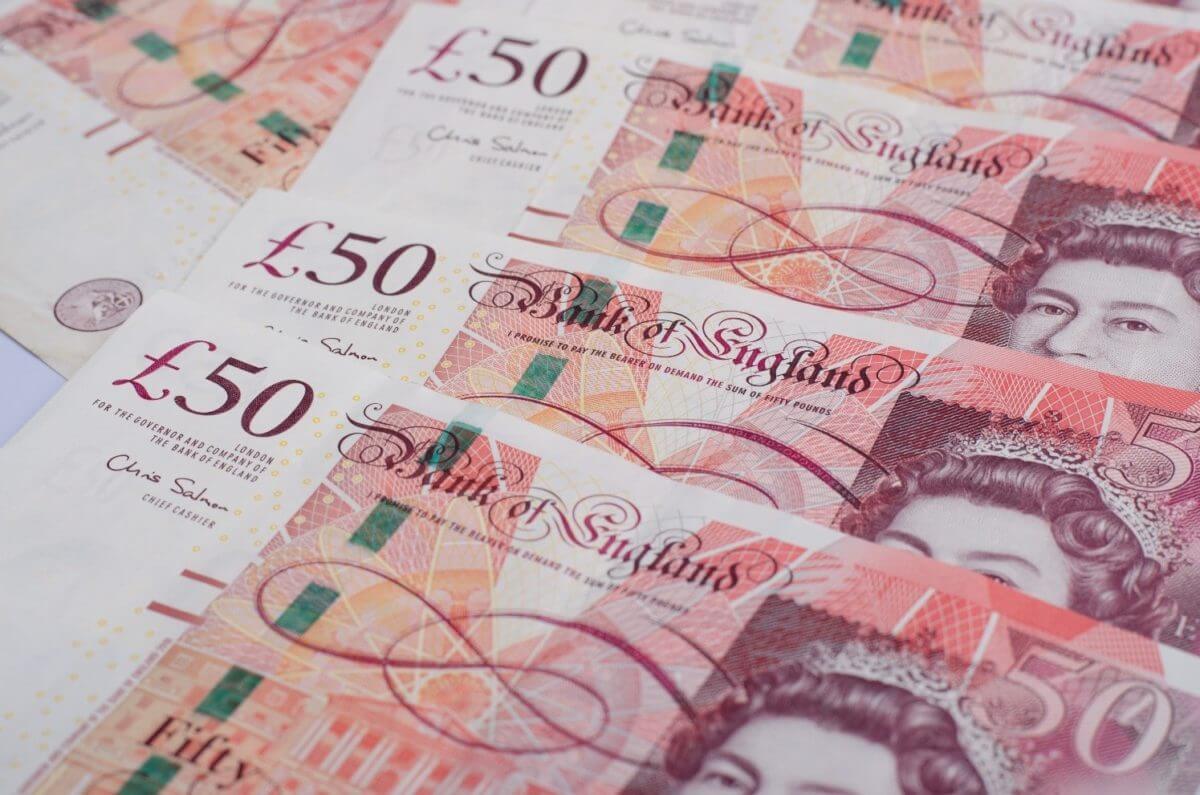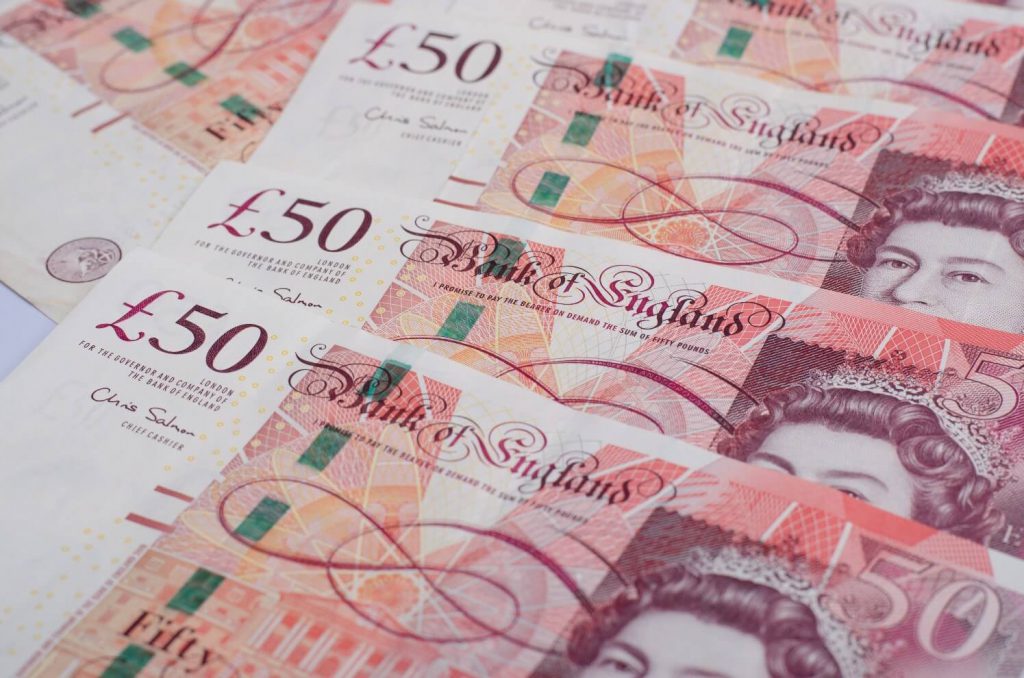
Euro and Sterling soared on Friday while Yen plunged
The euro edged up slightly against the greenback on Friday. It exchanged hands higher by 0.1% at $1.061 at last. The currency had declined by less than 0.1% in the previous session. The U.S. dollar also fluctuated. It moved insignificantly in morning trading in London today. However, the greenback had rallied during the two consecutive sessions until Friday. It stopped advancing as economic data came out stronger than analysts expected. Investors are now weighing the outlook for the rate hikes.
On Friday, the Japanese yen plummeted by 0.2% to 132.62 to the USD. Despite that, it remained on track for a weekly gain of approximately 3%. The Bank of Japan changed a key bond market policy earlier this week, causing the Yen’s surge.
The U.S. dollar has skyrocketed by almost 9% this year as the U.S. Federal Reserve has increased its interest rates aggressively, trying to stop rising inflation. However, the dollar index has shaved off more than 8% since jumping to a 20-year peak in September. A sharp slowdown in U.S. inflation gave investors hope that the agency might end its tightening cycle soon.
On Thursday, new data showed that the number of U.S. citizens filing new claims for unemployment benefits soared less than expected last week. But it’s still pointing to a struggling labor market. This news means the Fed’s pause is unlikely. Meantime, a second report stated the U.S. economy strengthened in the third quarter at a faster pace than analysts estimated.
How is the Sterling trading now?
The British Pound jumped by 0.29% to $1.207 on Friday. At the same time, the Australian dollar surged forward by 0.41% at $0.67, while the New Zealand dollar added 0.51% to $0.628.
The dollar index declined by less than 0.1%, exchanging hands at 104.31 today. Jarrod Kerr, the chief economist at Kiwibank, noted that the market is still focused on the Fed’s near-term policy decisions. Traders are trying to figure out when the agency announces the last rate increase and at what level.
This week, the Japanese yen was at the center of the investors’ attention. According to new data, Japan’s core consumer inflation skyrocketed to a 40-year high of 3.7% last month. After this news, the central bank announced that it would allow the 10-year bond yield to move 50 basis points on either side of its 0% target.
This decision boosted the Japanese currency. It had soared by almost 4% on Tuesday, experiencing its biggest daily surge since 1998. Erik Nelson, the macro strategist at Wells Fargo, noted that getting to 130 (JPY/USD) is possible. However, he thinks that there’s not going to be a big rush of funds to chase this sentiment into the year’s end.
What about the EM currencies?
Most Asian EM currencies traded in the red on Friday, along with the stocks. Inflation numbers from Malaysia and Singapore were in line with analysts’ expectations, though. During this session, South Korea’s won declined by 0.4%, and Indonesia’s rupiah plummeted by 0.2%.
Yeap Jun Rong, a market analyst at IG, stated that some market participants might argue that the data is backward looking and the Fed needs to do more work.
The Singapore dollar jumped by about 0.2%. It exchanged hands at 1.3507 to USD at last, thanks to the inflation reading. The currency was flat in the previous session, though. The Singapore dollar seems set to become the best-performing Asian currency in 2022. It has decreased only by 0.1% versus the greenback. The central bank allows the currency to fluctuate only within a specific range.
Meanwhile, Malaysia’s ringgit traded at around 4.419 against the dollar today, dropping by 0.1%. The country reported consumer prices for November increasing in line with analysts’ expectations. However, the current didn’t react to this news.
Analysts at Barclays stated that Bank Negara Malaysia is currently focused on domestic economic conditions. They expect BNM to increase its interest rates by 25 basis points (bps) in January. The central bank has already hiked rates four times this year, announcing 25 basis points each time.
On Friday, other Asian currencies tumbled down by more than 4%. Thus far, India’s rupee has dropped by more than 10% this year. Market participants are also worried about the rapid spread of coronavirus in China. Despite that, the Chinese yuan remained unchanged in this session.


